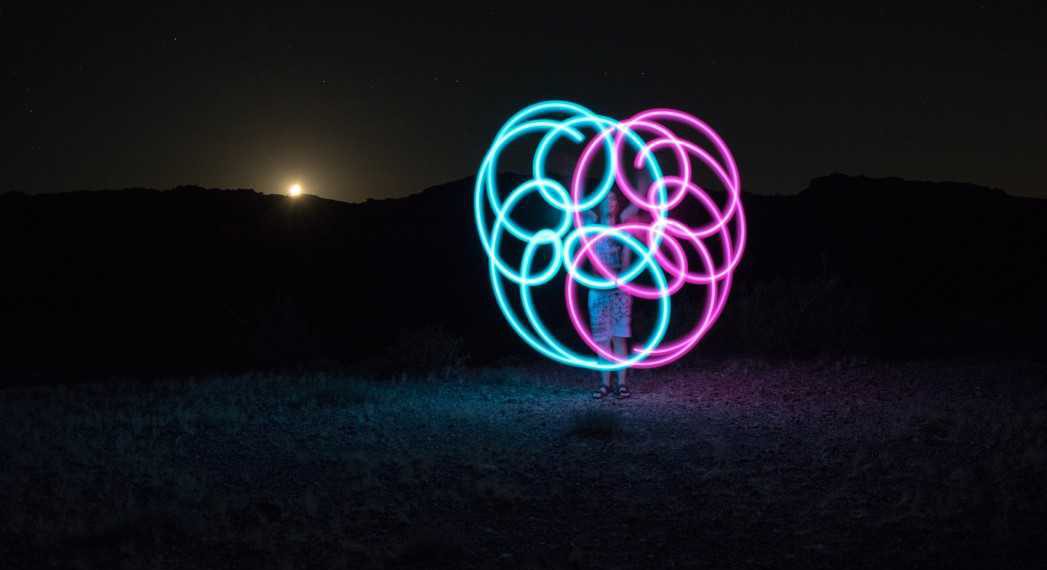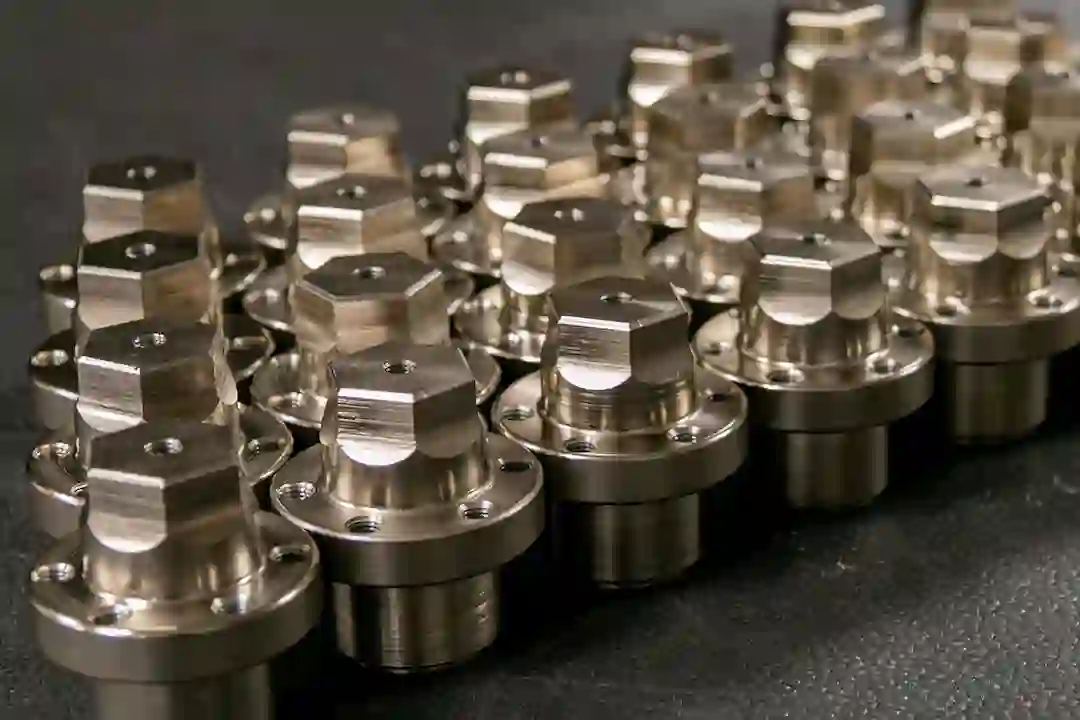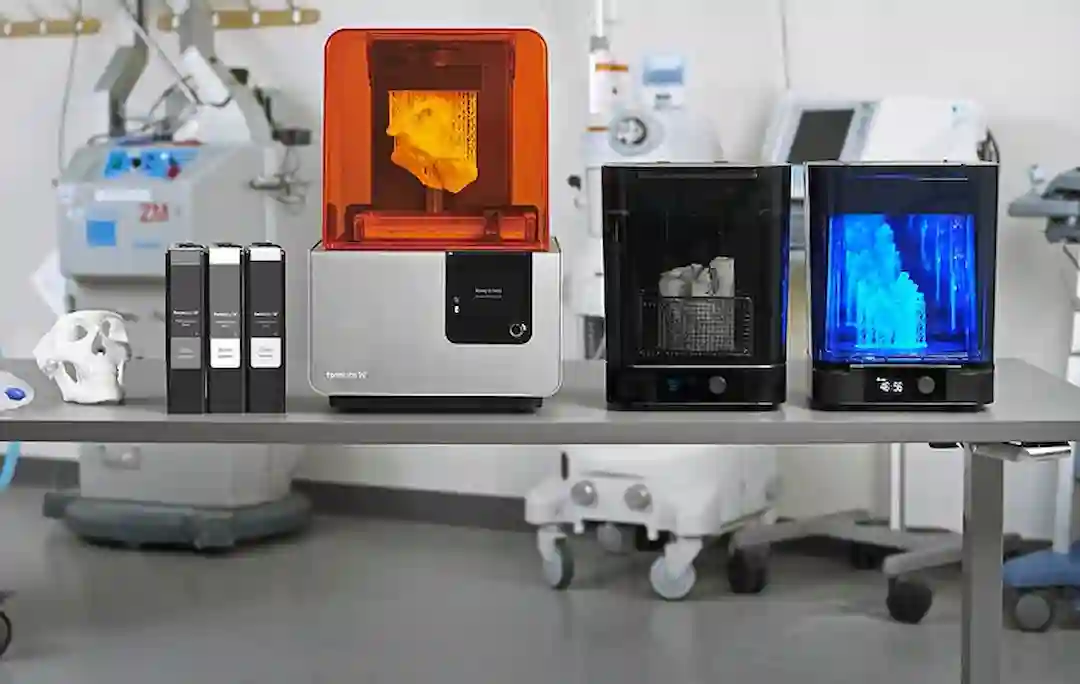The performing arts culture have mended a trusty commonplace today, from the movies, to the streets, to birthday clowns at children’s events.
In the paragraphs that unfold, we will be taking a journey into the history of one of the most ancient and yet fascinating forms of dancing: Poi dancing, also referred to as poi spinning. We will also take a close look at poi balls, the interesting physics of poi ball spinning, etc.
Disclosure: This post contain affiliate links, we may earn advertising commissions for sharing products we know and love.
TABLE OF CONTENTS
1. What are poi balls?
2. The origin/history of Poi-ball spinning.
3. Things to consider when buying a Poi ball
4. How to make a Poi ball at home.
5. The interesting physics of Poi ball spinning.
6. Benefits of Poi ball spinning.
What are poi balls
The art of poi spinning requires the use of poi balls. These are objects that serve as the head of the Poi, transferring their weight, as they are attached to ropes and spun.
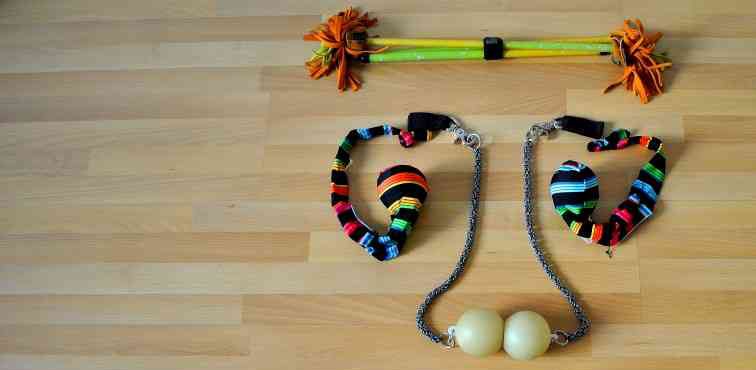
Traditional Poi varies from modern Poi in the constituent of the poi ball. The cores of modern poi balls are generally made from lightweight materials like paper, soft fabrics or foam, while the skins can be produced using tulles of silk, polyester and plastic. The ropes are commonly made from wool.
Let’s take a brief look at the construct of a Poi:
- The Head – This is known as the “Poi ball.” The poi ball has its weight, which adds tension on the rope or string when swung.
It is positioned at the farthest point from the string’s handle. There are various examples of materials used for different types of Poi; they include: Cotton and Kevlar wicking, a regular ballbag, a beanbag, or even LED weighted objects shown below.
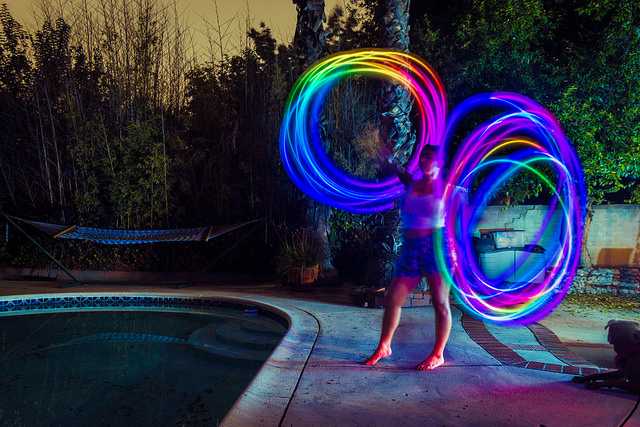
These different materials are used in fire poi, practice poi, and lit poi, respectively.
- The Leash – This is the string that joins the head and the handle. It may be a string, cord, chain, cone, or any other object that serves that purpose.
The fire poi is attached to a “technora” or a chain; various attachments exist for Poi’s different forms.
- The Handle – This is the point at which the artists hold and control the Poi. This part is connected to the leash at the end of the leash. Various forms of handles exist, from knobs and knots to loops and balls.
More and more poi spinners are opting for the fantastic looking LED lite poi balls. Perhaps as an entry point towards the more masterful and daring feat of fire poi spinning, where the poi balls are ignited in real burning flames and wielded.
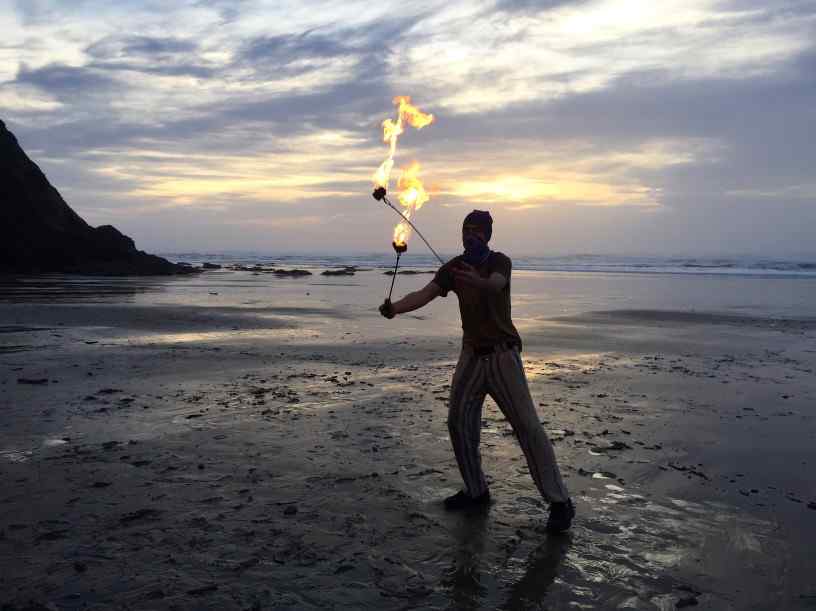
The origin of Poi spinning
Poi has a rich cultural background, as it is a native dance that has kept men fascinated for many generations. Poi is a kind of dance in which weights placed at the end of strings are swung rhythmically.
The name “poi” originates from Aotearoa’s Maori natives of New Zealand. The dance is a part of the Maori culture and tradition.
Outside the Maori culture, Poi dancing is a very recent development and slightly deviates from the traditional type of Maori people.
As a result of the emergence of fire spinning, Poi started to become popular outside of the Maori clime. Fire spinning is not a part of the culture of the people of Maori, hence the deviation. To date, the brain behind the development of “fire poi” is yet to be discovered, the same as the time it became popular.
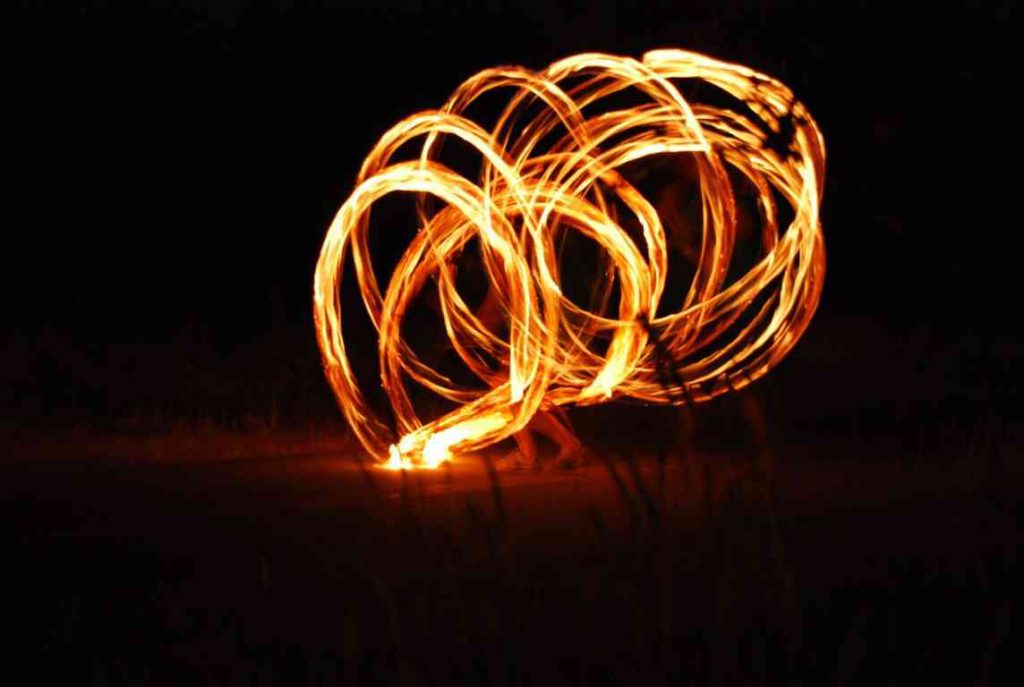
How Poi spinning developed with today’s generation
The present version of Poi is a mixture of many other performance moves such as rhythmic gymnastics, juggling, dance, etc in junction with popular music.
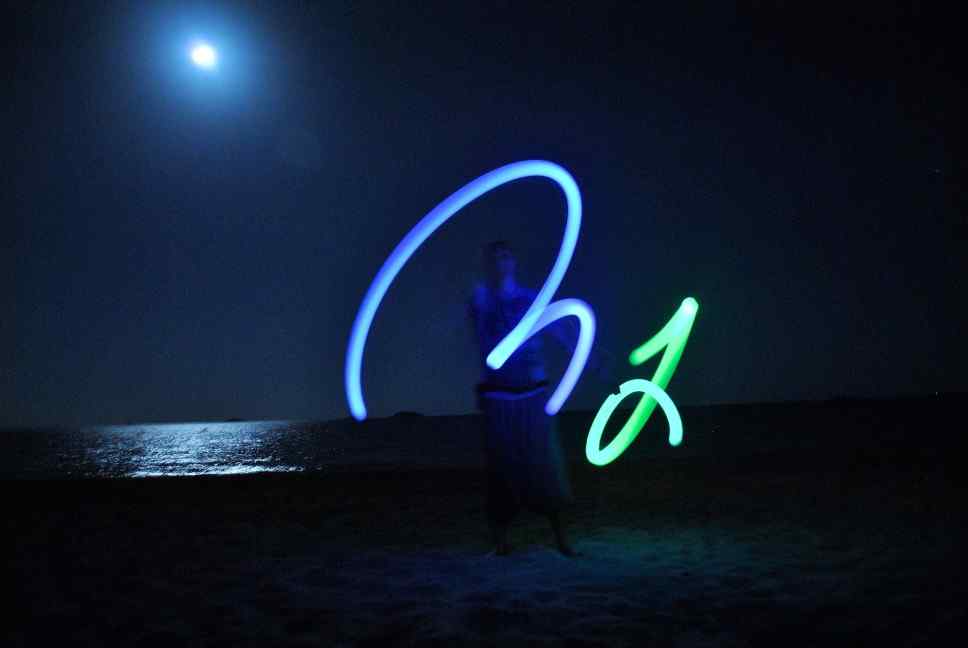
With more interest rising in the art, other variants of Poi came about, such as LED poi, flag poi, and much more. These forms seemed to be eco-friendlier and healthier as compared to the fire poi. Even with these variants, the name “poi” remained.
These new variants are less intense than other competitive sports, and this attracts more participation from enthusiasts.
Things to consider when buying a Poi ball
Because Poi spinning is relatively new, it may be difficult to find poi balls at local retailers. If you do then consider yourself lucky. It is increasingly easier however to order poi balls from novelty retailers online.
Various types of poi balls exist today. Several factors contribute to the difference in the price of poi balls, including the materials. Below are the best and most popular poi ball, followed by the most affordable:
- Podpoi v2 LED Poi (Best)

- Fun in Motion Poi ball (Most affordable)

If you want to get a poi ball, it may be a good idea to put into consideration certain factors such as:
- Price
- Eco-friendliness
- Texture
- Weight
- Cushion for pain on impact
- Power and battery life for LED poi balls
- Warranty, etc.
How to make poi balls at home
In this step-by-step guide, you will discover how to make poi balls without stepping out of the house:
- SOCKS AND WATER POI BALLS
You will require a pair of tube socks, water, and two balloons to make the type.
Steps:
- To form the head, fill a balloon with water to a preferred weight – a tennis ball size is the right place to start and then make adjustments.
- Ensure to knot the balloon correctly. Put the balloon in front of the sock. It makes the socks the leash and also the handle.
- Form the grip by making a knot at the top.
- SOCKS AND RICE POI BALLS
To make this, you will require: a tight-woven pair of socks, two plastic bags, two cups of rice.
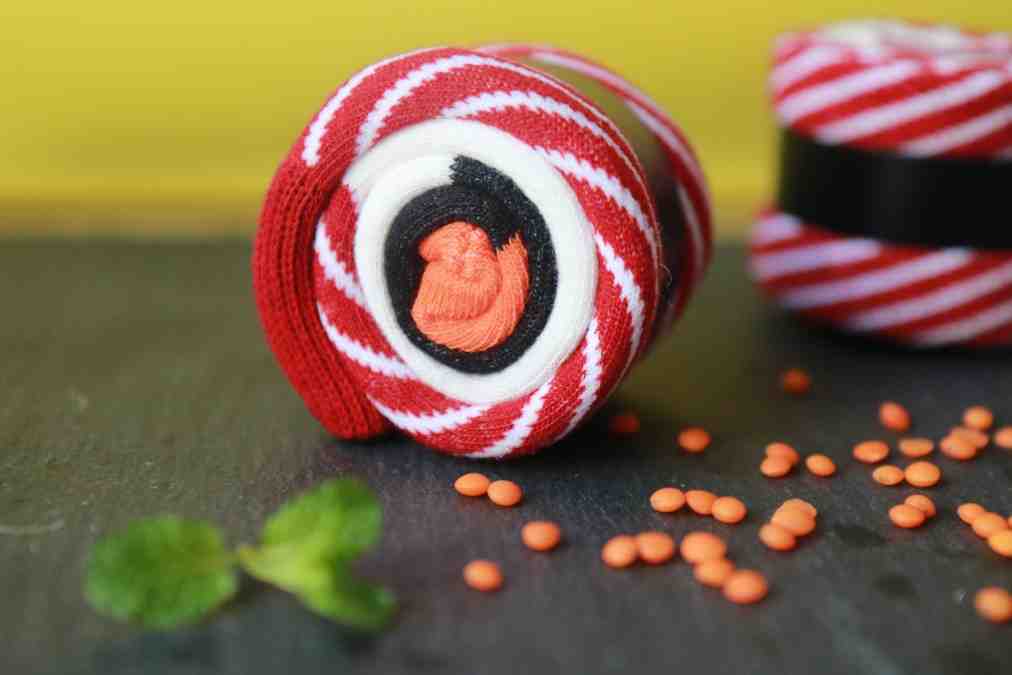
Steps:
- Carefully measure the desired quantity of rice and divide them into equal parts.
- Place them securely in plastic bags. It prevents unwanted sprouting of the rice within the socks due to exposure to water and gives an additional layer of protection from the rice spillage. The use of the plastic bags is optional but recommended, and this part serves as the head of the Poi.
- Put the rice into the socks.
- Knot the end of the socks to serve as the grip.
- Using dry beans is also valid for this process.
- SOCKS AND FLOUR POI BALLS
This type of poi ball requires flour, two balloons, and a pair of tube socks.
Steps:
- The entire process is very similar to the socks and water version, but we use flour instead. It isn’t easy to put the flour within the balloon compared to the ease of water filling balloons.
- Do you remember we said that in other to make socks and water poi ball, the benchmark size should be a tennis ball? It is different from the socks and flour poi ball in that it is highly recommended that you begin with the size of a golf ball.
- SCARF AND ROPE POI BALL
To make this type of poi ball, you need to have: scarves and flexible belts (preferably two).
Steps:
- Plan and decide what end of the material would be used as the weighted end and which side would serve as the handle. Making use of buckles would be the best option for handles.
- What way would be most convenient for you to grip the handle end of the material? Decide this, too, as you make plans for the handle. You may choose to make a fist or wrap around your arm, etc. own it.
- How long do you want the leash to be? Determine that and then knot the remaining part to serve as the weight for the poi head.
- SLEEVE SHIRT AND RICE POI BALL
If you have an old shirt and you want to display some creativity, then the stage is all yours.
Here’s what you require to make this: two plastic bags, two cups of rice, and one long sleeve shirt.
Steps:
- Detach the sleeves from off the shirt.
- Make a knot on the wrist of both sleeves.
- Carefully measure and equally share the rice to get your desired weight for each Poi.
- Provide a layer of protection for the rice by placing it into a plastic bag. It also prevents the rice from spilling and shields against unwanted sprouting. Tie the bag securely to keep the rice.
- Place it into the sleeve.
- Knot the other end of the sleeve to make the handle.
Congratulations! You just made your own Poi at home with no stress at all.
The interesting physics of poi spinning
You don’t need to be a physicist to master poi spinning, understanding the dynamics of Poi spinning however can make it that much more interesting. Poi is one prominent example of how the universal laws of motion can be practically apparent in day-to-day activities.
All three of Newton’s laws of motion is apparent in Poi.
The force that keeps the ball rotating for instance, is the force on the string known as the centripetal force. Based on the law of inertia (Newton’s first law):
- Long strings would require much more effort to keep the poi balls in motion because the ball will circulate at a lower speed due to a larger distance. Until there is an opposing external force, from the spinner, or air resistance called drag, the ball maintains its velocity.
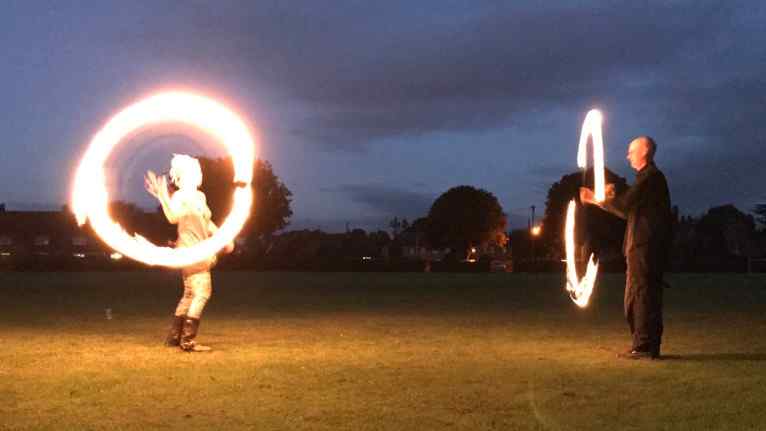
Regarding Newton’s second law:
- If you have two poi balls of different mass, it will require more force to move the heavier one.
- The ball’s acceleration is directly proportional to the force you apply to the ball though the string or cord of the Poi.
Based on the third law:
- The poi ball’s motion is dependent on the velocity of your hand motion. As you pull the Poi, the Poi pulls you too. The action is equal and opposite to the reaction.
Benefits of Poi spinning
Poi is much more than a game; it is a lifestyle, a potentially healthy one at that. The following are the potential effects of Poi:
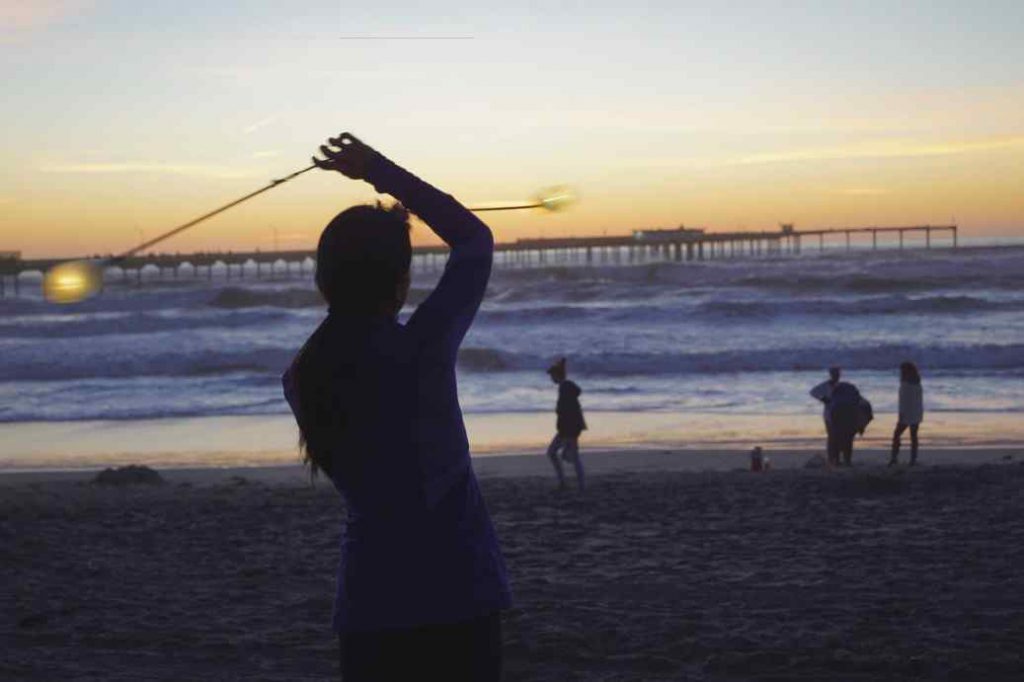
- Poi may help in the building of muscle tone.
- It is a known stress reliever.
- Spinning poi helps to improve concentration and spatial awareness.
- It is helpful to achieve a healthy heart.
- Poi helps you become more flexible.
- It is an excellent way to stir up your creative side.
- It helps to gain more strength and stamina.
- It is an excellent way to build team spirit and promote healthy competition, especially among children.
Conclusion
Poi connects history, art, lifestyle and well-being. What started as a popular activity among native people is now a fascinating sport to watch today.
For those looking to add to their list of pro-healthy living activities, Poi is a valid option. In all, Poi is highly accessible as well as beneficial.



